18 Fall Vegetables to Start Now for a Second Harvest
Looking to extend your gardening season? Fall is the perfect time to plant vegetables that thrive in cooler temperatures. By starting now, you can enjoy a second harvest before winter sets in. Many vegetables, such as leafy greens and root crops, grow well during the fall months. These crops are not only nutritious but also easy to grow in the mild autumn weather. Whether you want to add fresh greens to your meals or enjoy homegrown vegetables through the colder months, there are plenty of options.
Spinach
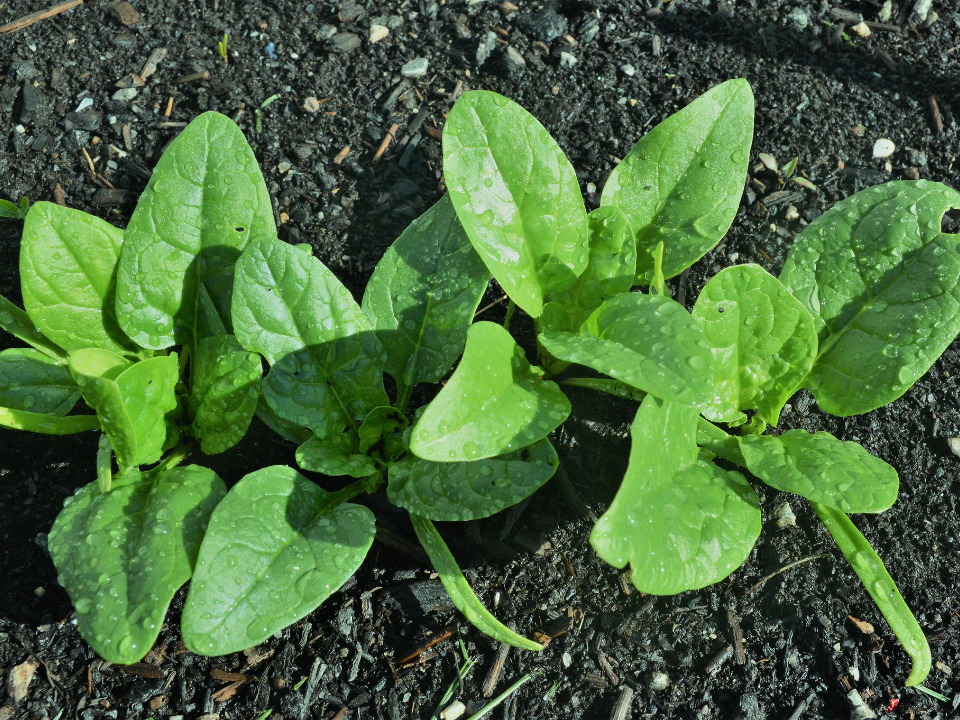
Spinach thrives in cooler weather and can be planted now for a second harvest. This leafy green grows quickly, making it perfect for a fall crop. The cooler temperatures allow it to grow without bolting, which is a common issue in hotter months. As an added bonus, spinach is packed with vitamins and minerals, making it a nutritious addition to your meals.
Plant your spinach in well-drained soil and make sure it receives at least 4–6 hours of sunlight a day. Be mindful of watering, as spinach prefers moist soil but can become waterlogged if overwatered. You can expect to start harvesting spinach in about 4 to 6 weeks, ensuring a fresh crop for your fall salads.
Lettuce
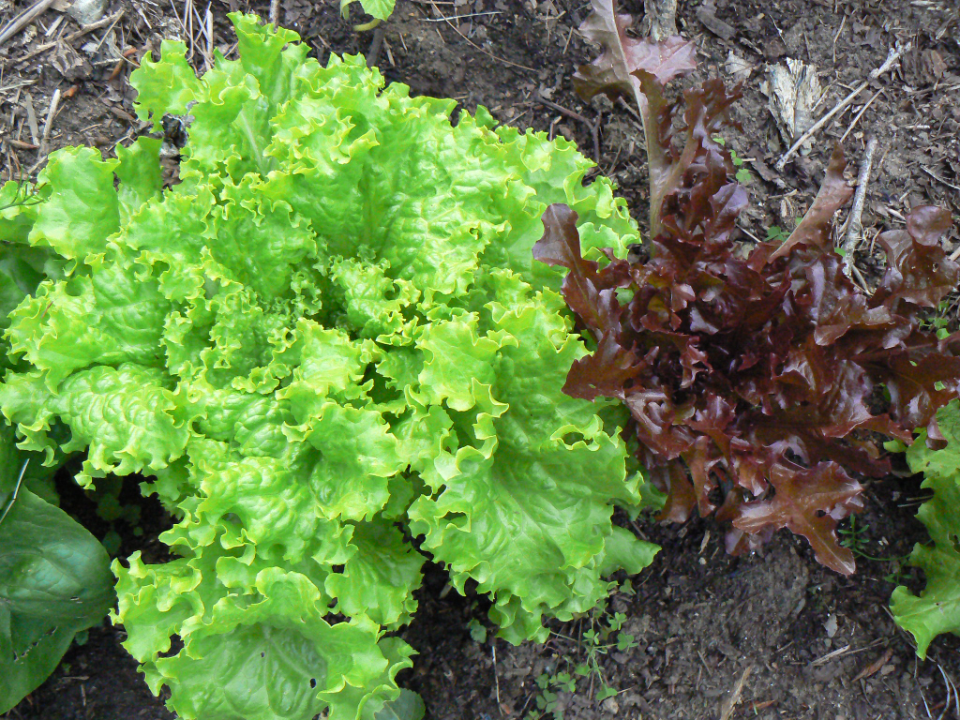
Lettuce is another fast-growing vegetable that loves the cooler fall temperatures. It grows best when the weather starts to cool but isn’t yet freezing, allowing the leaves to stay tender and flavorful. You can plant lettuce in a variety of types, from Romaine to butterhead, and it will be ready to harvest in just a few weeks.
Lettuce prefers rich, loose soil with good drainage, and it thrives in shaded areas, especially during the warmer part of the fall. Make sure to water regularly, but avoid soaking the soil. You can begin harvesting once the leaves are large enough to enjoy in a salad.
Radishes
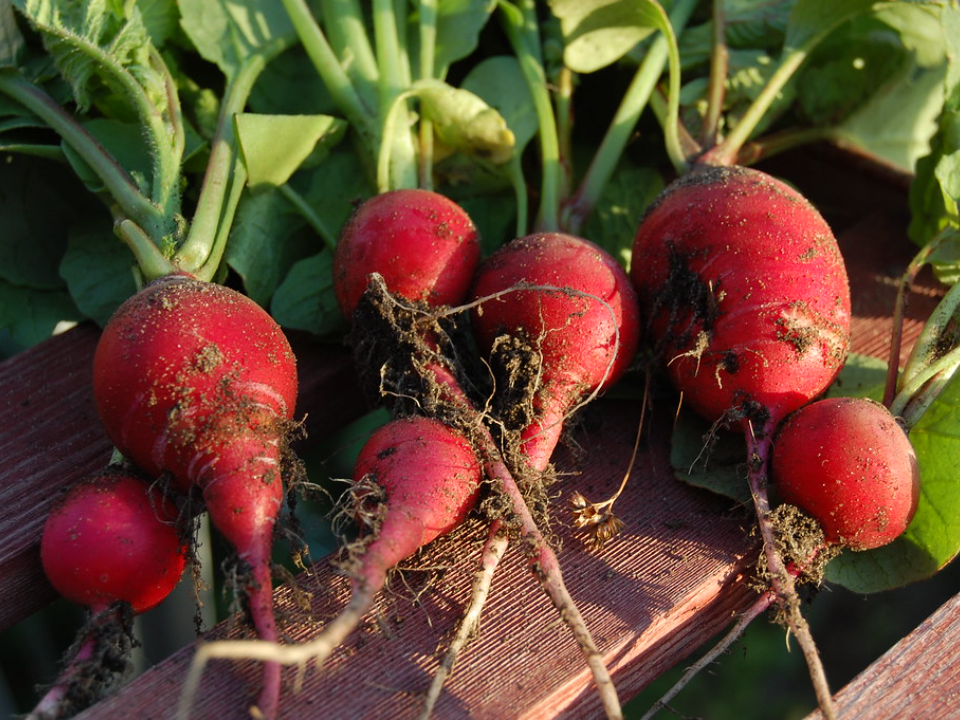
Radishes are one of the quickest-growing vegetables, making them ideal for a fall second harvest. They grow well in cool soil and can be harvested in as little as three to four weeks. Their crisp texture and mild flavor make them perfect for salads or as a garnish.
Radishes need well-drained soil and full sunlight to grow. They should be spaced adequately to allow room for their roots to develop. You can plant them in rows, and by the time fall settles in, you will have fresh radishes ready for your table.
Carrots
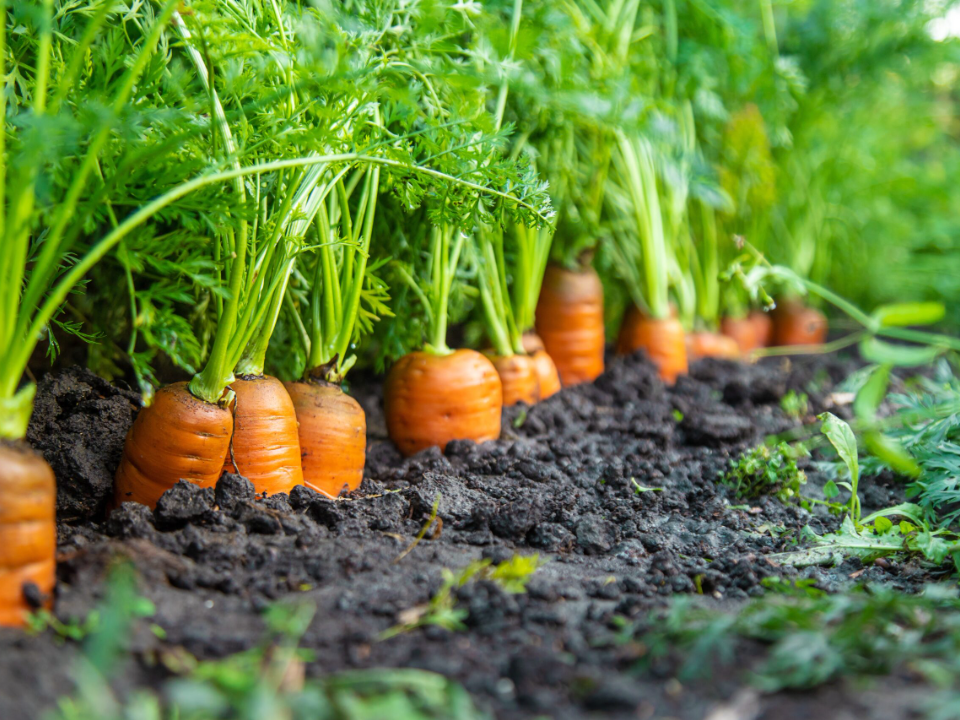
Carrots are a versatile vegetable that does well when grown in cooler temperatures. A fall planting of carrots will develop tender roots with a natural sweetness that intensifies as the weather cools. Carrots also store well, so they can be enjoyed well into the winter months.
Carrots require loose, deep soil to grow properly, allowing their long roots to develop fully. They should be spaced evenly, with enough room to grow without overcrowding. Carrots planted in the fall can take anywhere from 60 to 80 days to mature, depending on the variety.
Kale
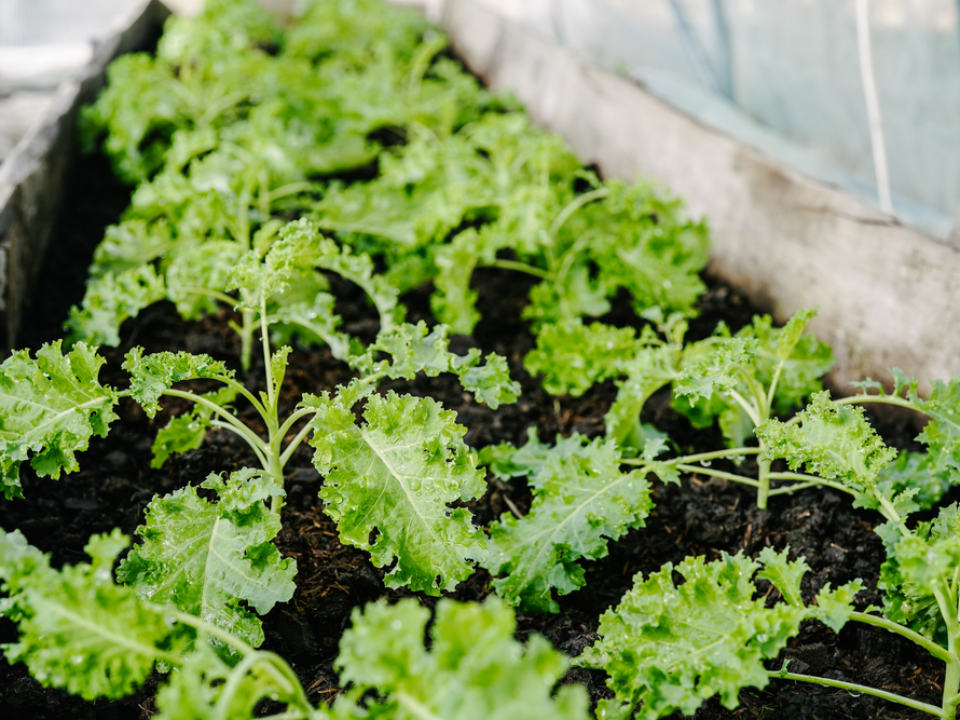
Kale is a cold-hardy vegetable that continues to thrive through the fall and even into winter. Its flavor actually improves with frost, making it an excellent choice for a second harvest. Kale is packed with nutrients and can be used in a variety of dishes, from salads to soups.
Plant your kale in well-drained, fertile soil that receives plenty of sunlight. While kale can tolerate some shade, it performs best with at least 6 hours of sun each day. You can begin harvesting leaves once the plant reaches a desirable size, allowing the plant to continue producing through the fall.
Beets
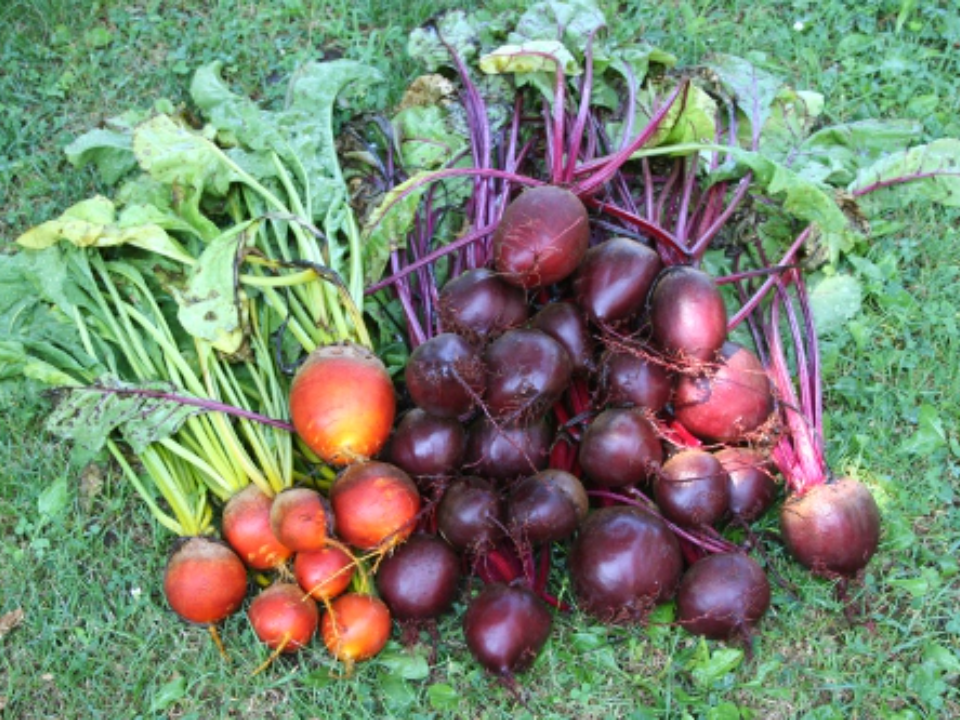
Beets grow well in the cooler temperatures of fall, producing tender, flavorful roots. Planting beets now ensures a second harvest that can be used in a variety of dishes. From roasting to juicing, beets offer a healthy and colorful addition to your meals. Their greens are also edible, making them a versatile crop.
Beets need well-drained soil and regular watering to thrive. Ensure they are spaced far enough apart to allow the roots to grow properly. You can begin harvesting beets once the roots reach a desirable size, but don’t wait too long, as they can become tough if left in the ground too long.
Swiss Chard
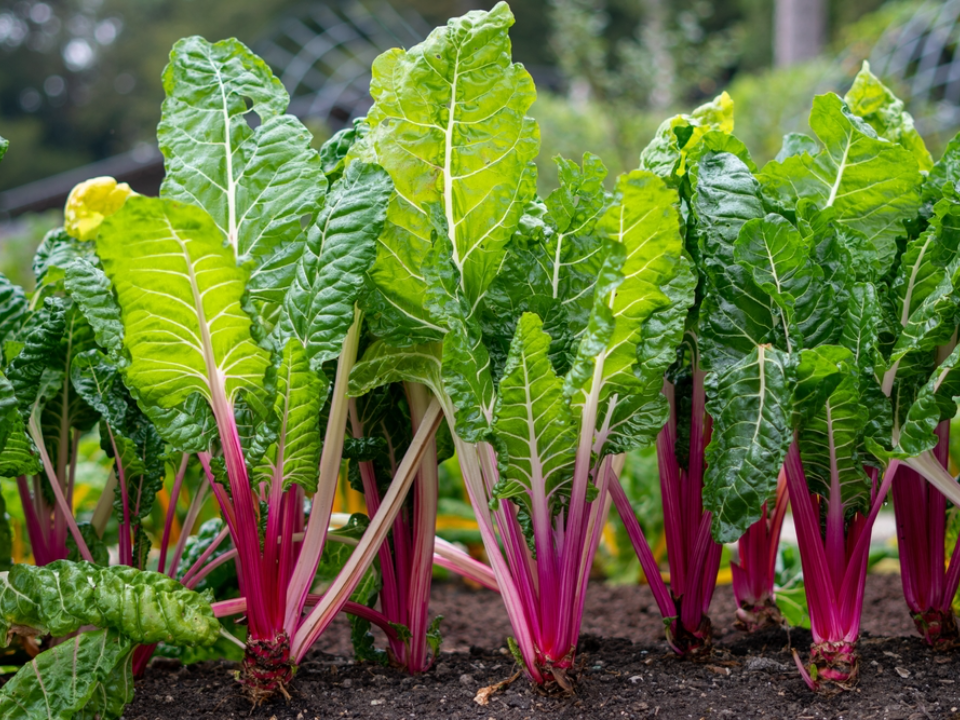
Swiss chard is a hardy green that flourishes in the cooler months of fall. With its colorful stems and dark green leaves, it adds a vibrant touch to your garden and meals. This vegetable can tolerate light frost, making it ideal for a second harvest in the fall.
Swiss chard requires well-drained soil and a sunny spot in the garden. It grows quickly, and you can start harvesting leaves in about 6 to 8 weeks. The more you harvest, the more it will continue to produce throughout the fall season.
Cabbage
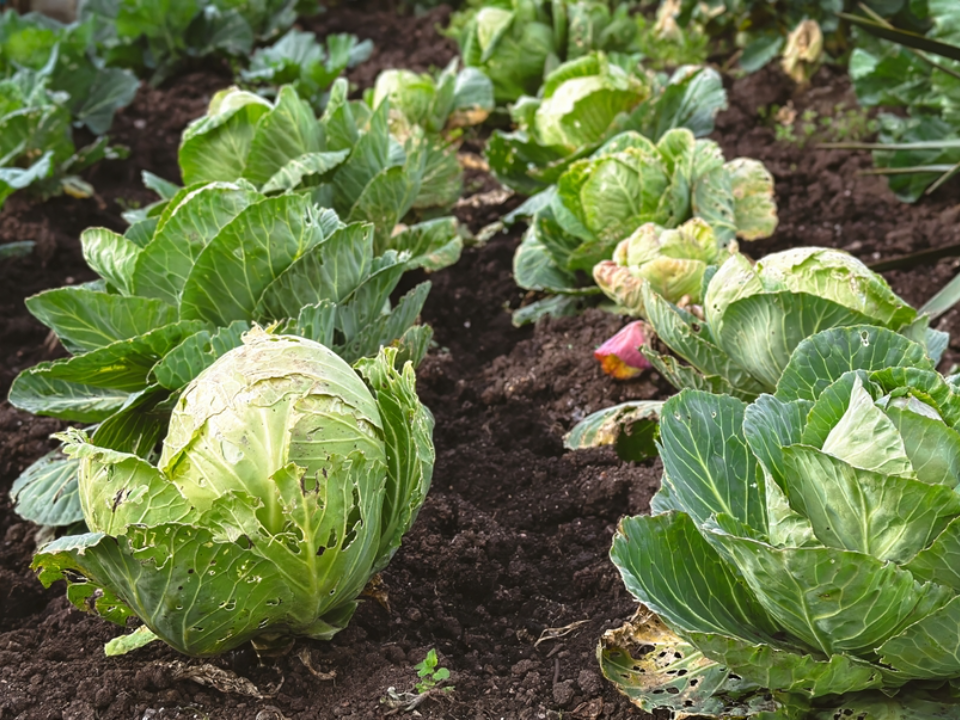
Cabbage is an excellent choice for a second harvest in fall. It thrives in cool weather, producing dense heads that can be used in a variety of dishes, from salads to sauerkraut. Cabbage plants can take several months to mature, but the cooler temperatures help them grow stronger and more flavorful.
Plant cabbage in rich, well-drained soil, and make sure to give it enough space to grow. Water regularly and mulch around the base to keep the roots cool. With proper care, your cabbage plants will yield large, healthy heads ready for harvest come late fall.
Turnips
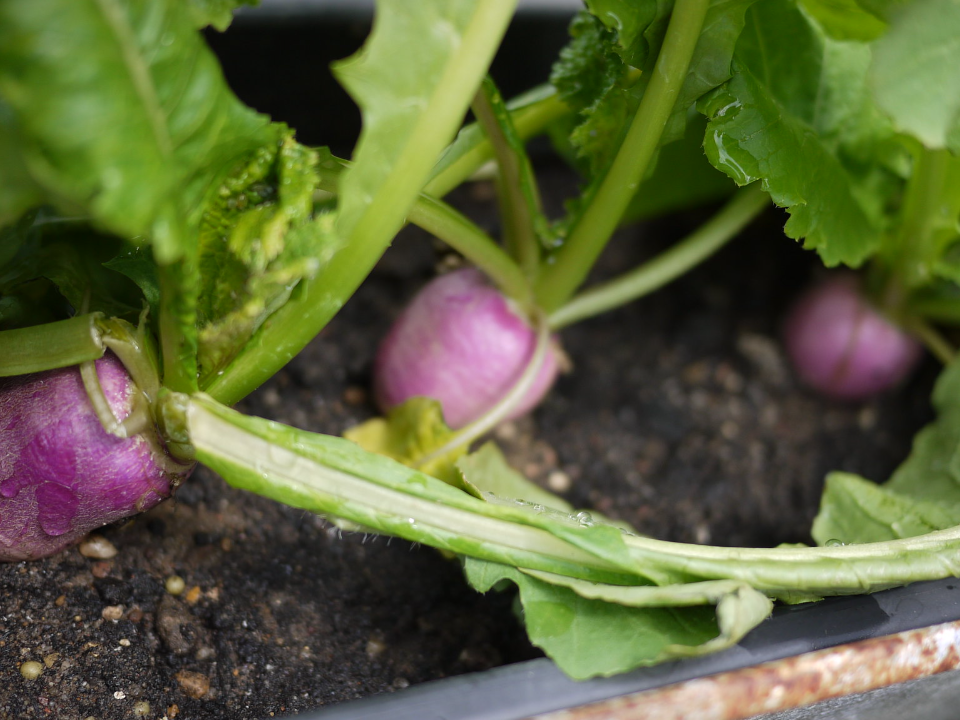
Turnips are another fast-growing root vegetable that thrives in fall. They can be harvested in as little as 30 days, offering both edible greens and roots. Their mild, slightly peppery flavor makes them a great addition to soups, stews, and roasted vegetable dishes.
Turnips prefer loose, well-drained soil that allows their roots to grow freely. Plant turnips in full sun, ensuring they have enough space to develop. Harvest them early for tender, mild roots, or leave them a bit longer for a more robust flavor.
Mustard Greens
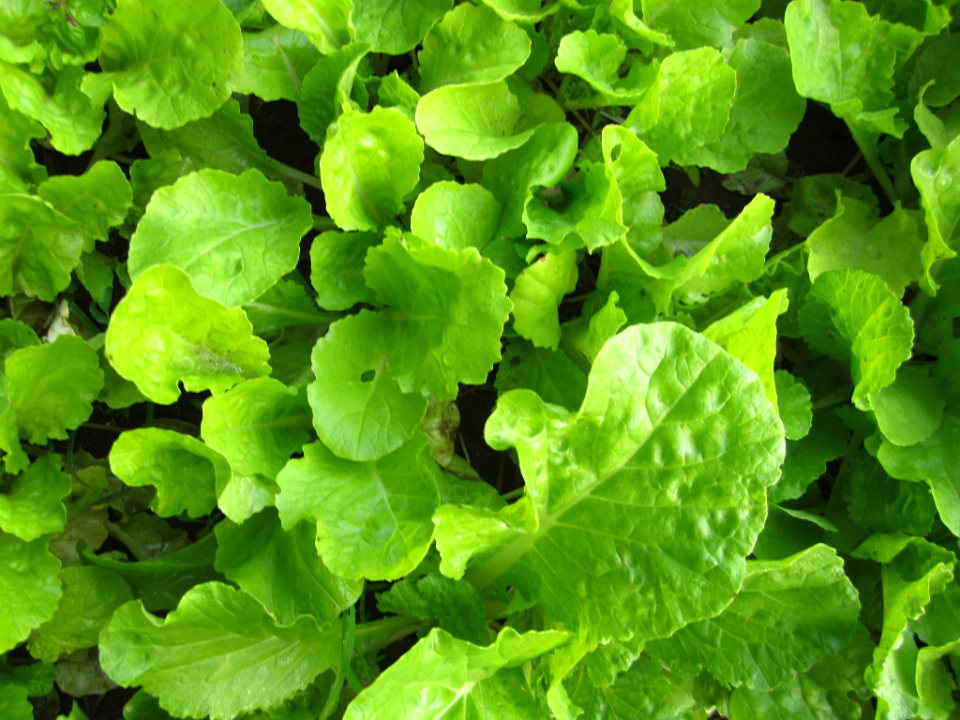
Mustard greens are a quick-growing vegetable that thrives in the cool weather of fall. These spicy greens add a zesty kick to salads, stir-fries, and soups. They are also rich in vitamins, making them a nutritious addition to your fall meals.
Mustard greens grow best in full sun and well-drained soil. They are ready to harvest in about 4 to 6 weeks, giving you a fast-growing crop for your second fall harvest. Be sure to water them regularly, but avoid overwatering to prevent root rot.
This post may contain affiliate links, which helps keep this content free. Please read our disclosure for more info.
Arugula
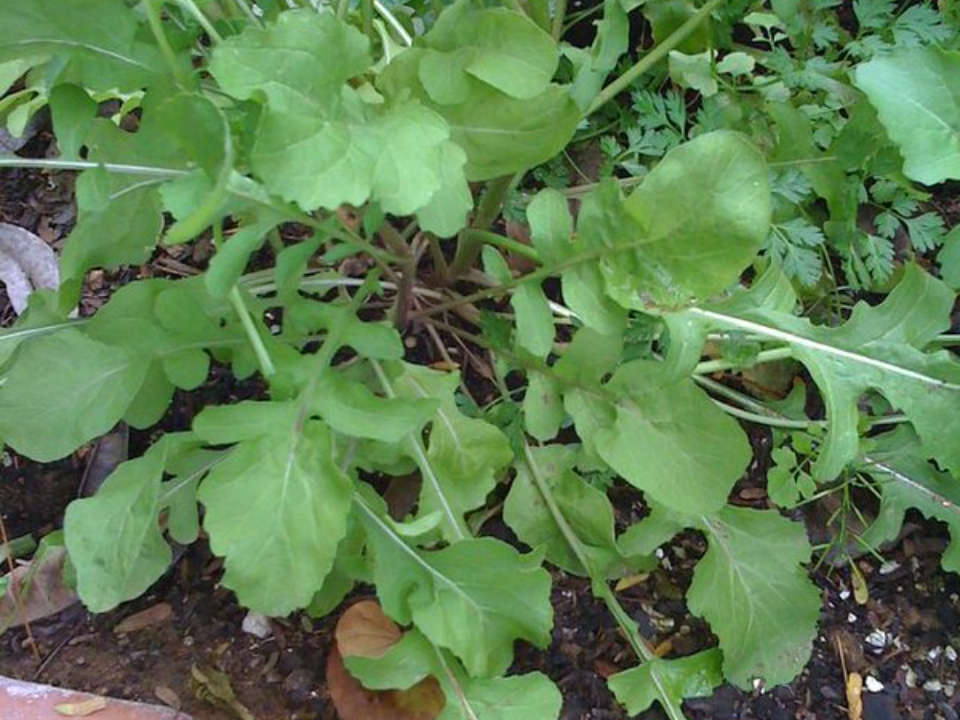
Arugula is a fast-growing leafy green that thrives in the cooler temperatures of fall. Known for its peppery taste, it can add a zesty kick to salads, sandwiches, or as a garnish for various dishes. Arugula grows quickly, and by planting it now, you can enjoy fresh, flavorful leaves in just a few weeks.
For best results, plant arugula in rich, well-drained soil and give it plenty of sunlight. It is a low-maintenance crop that requires minimal attention, making it perfect for a second harvest. Arugula can be harvested once the leaves reach a desirable size, and regular harvesting will encourage more growth.
Broccoli
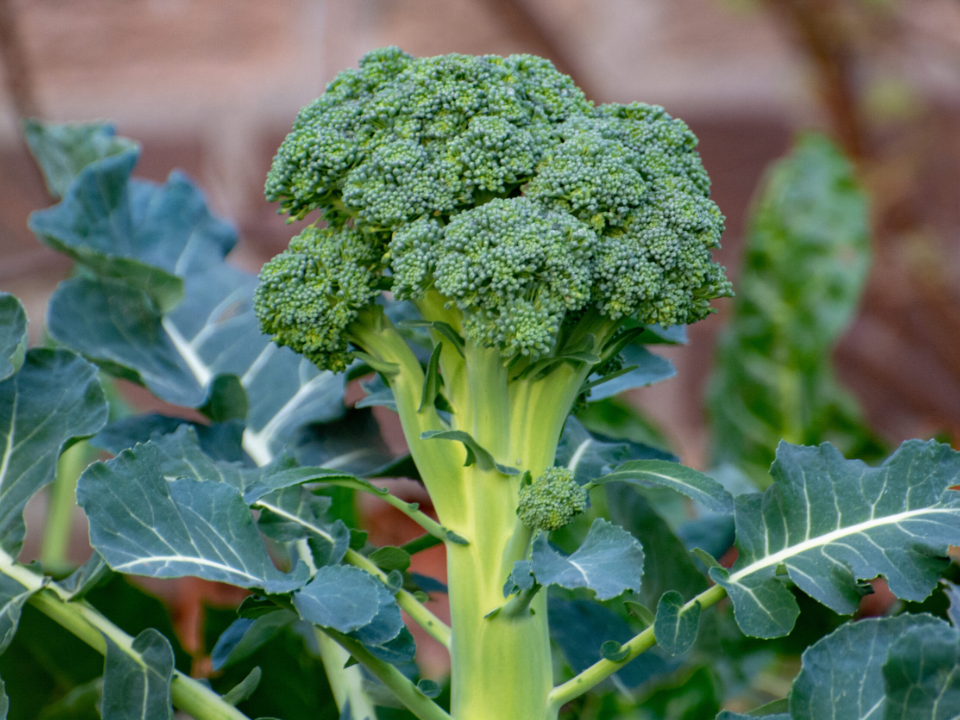
Broccoli is a nutritious and hardy vegetable that thrives in cooler weather, making it ideal for a fall second harvest. The cool temperatures help it develop a firm, flavorful head without the risk of bolting, which can happen in warmer months. With the right care, you can enjoy fresh, homegrown broccoli well into the fall.
Broccoli prefers rich, moist soil and full sun. It is important to space the plants properly to allow for adequate air circulation. Depending on the variety, broccoli can take between 60 and 100 days to mature, so plan accordingly for a late fall harvest.
Collard Greens
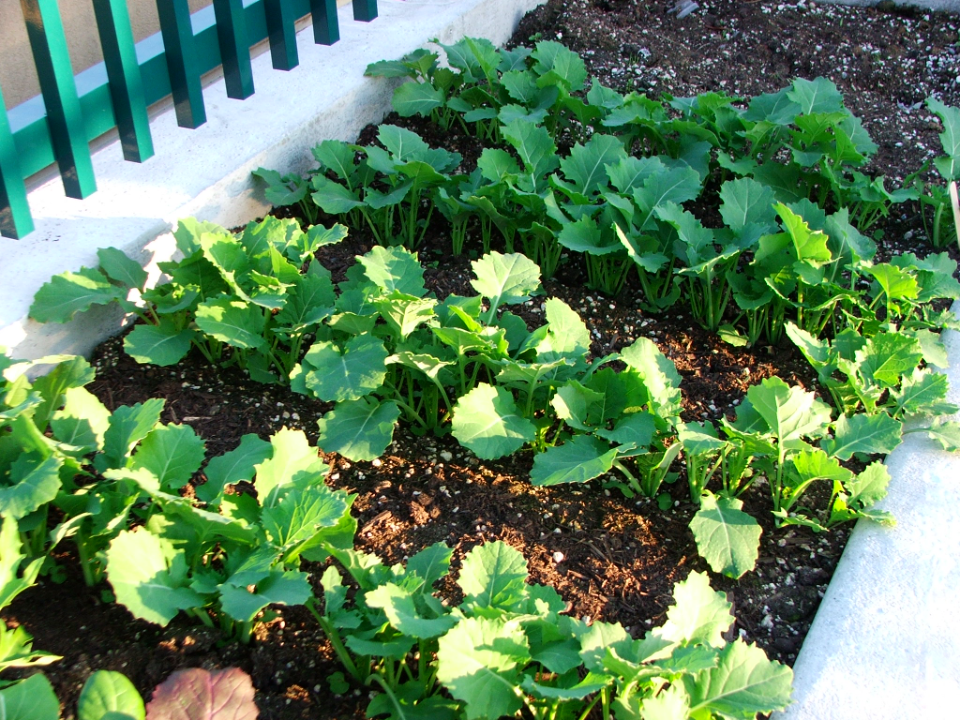
Collard greens are another excellent vegetable for a fall harvest. These hardy greens can tolerate light frosts and even become sweeter after exposure to cold temperatures. Collard greens are not only nutritious but also versatile, as they can be used in a variety of Southern dishes and soups.
Plant collard greens in well-drained soil with plenty of sunlight. They grow well in cool weather, and you can begin harvesting once the leaves are large enough to enjoy. Regular harvesting will promote new growth, ensuring a continuous supply through the fall.
Peas
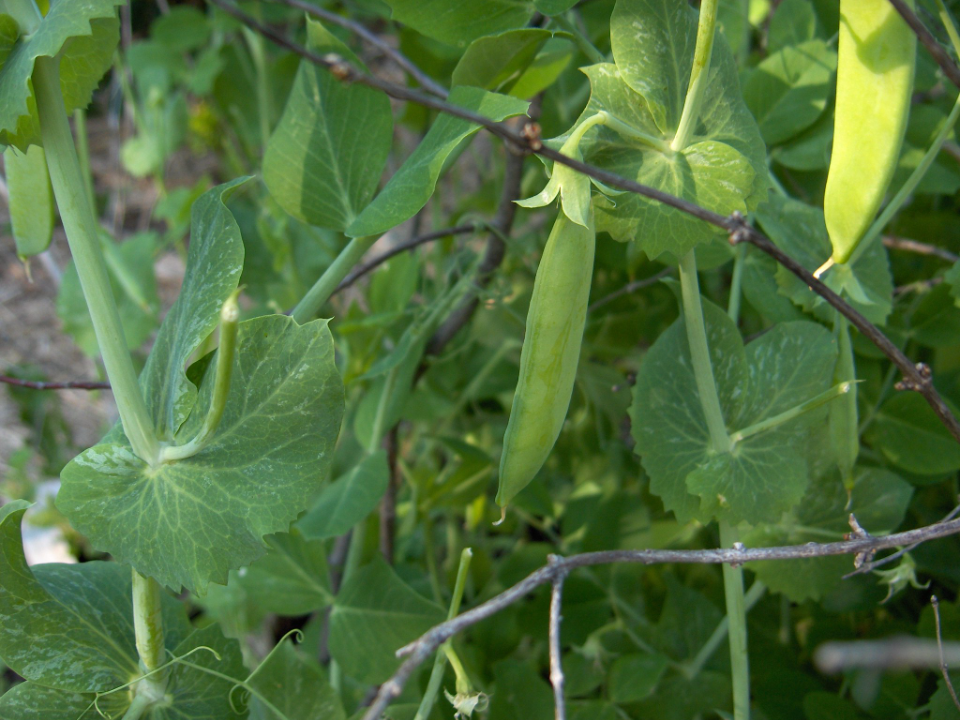
Peas are a cool-season crop that can be grown for a second fall harvest. These vegetables are perfect for planting now, as they thrive in mild temperatures and will produce a fresh crop in just a few weeks. Whether you enjoy them in soups, salads, or as a side dish, peas are an easy and rewarding vegetable to grow.
Peas need well-drained soil and full sunlight to grow properly. Plant them in rows or along trellises for easy harvesting. You can expect to start harvesting peas in 50 to 70 days, depending on the variety.
Leeks
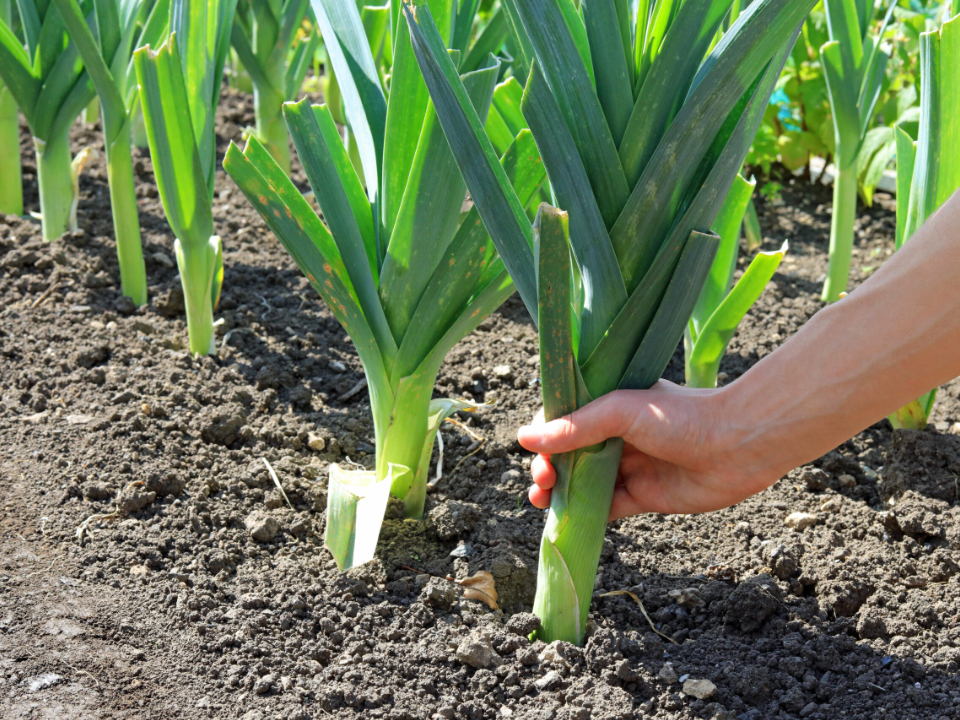
Leeks are a hardy vegetable that can be planted now for a late fall harvest. They have a mild, onion-like flavor and are perfect for soups, stews, or as a flavoring in many dishes. Leeks grow slowly, but they are worth the wait, offering a flavorful, aromatic addition to your garden.
Leeks prefer deep, well-drained soil that allows their long, slender stems to develop. They require regular watering and full sunlight to thrive. While leeks take longer to mature than other vegetables, the cool fall weather encourages steady growth, and they are ready for harvest in about 100 days.
Celery
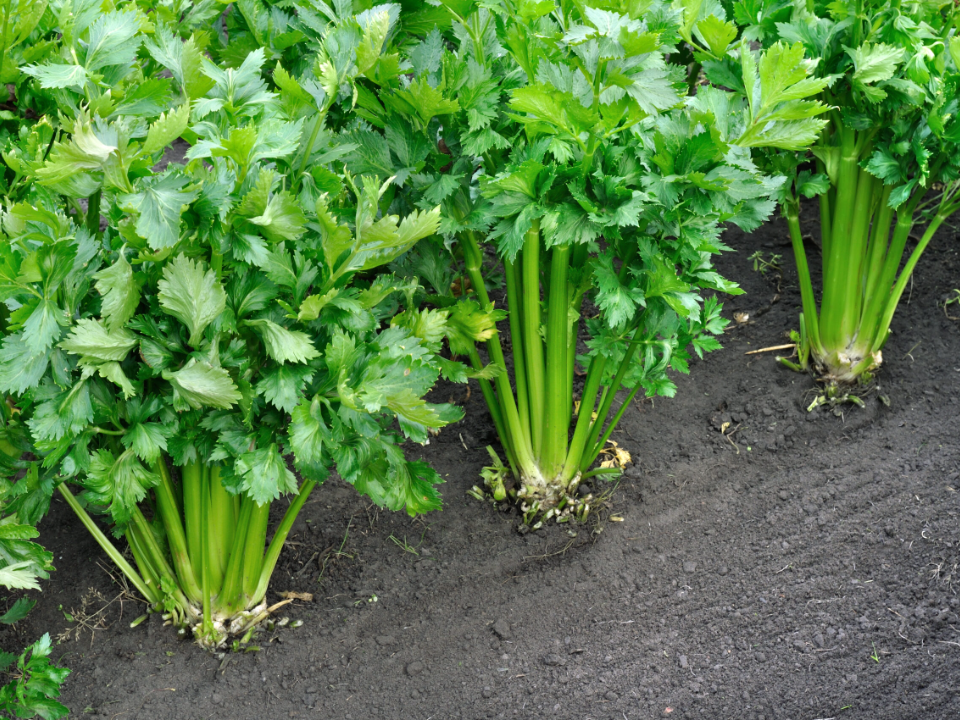
Celery can be successfully grown in the cooler temperatures of fall, offering crisp, flavorful stalks perfect for soups and salads. While celery takes longer to mature than other vegetables, it thrives in fall’s cooler weather, helping it grow with a tender texture and full flavor. Planting celery now can ensure a healthy, fresh crop for your late fall meals.
Celery needs moist, rich soil and full sun to grow properly. Be sure to keep the soil consistently moist to prevent the stalks from becoming tough or stringy. Harvest celery when the stalks are large and firm, and it can continue to grow throughout the fall season with proper care.
Endive
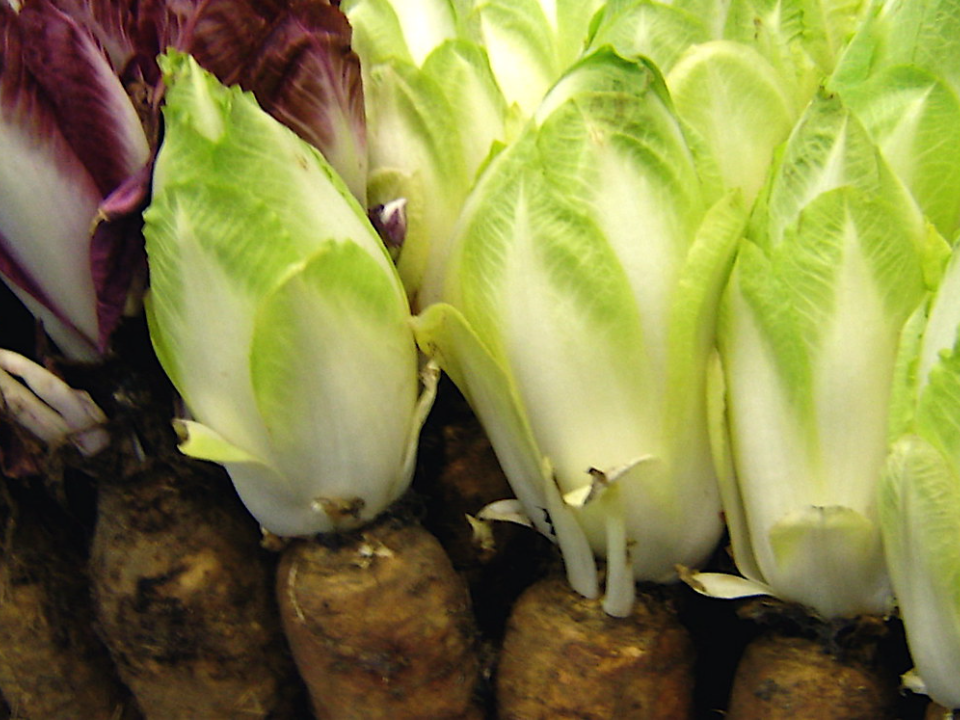
Endive is a versatile leafy green that can be planted for a second harvest in fall. With a slightly bitter flavor, it is great for salads, offering a refreshing, crisp bite. Endive grows well in cool weather, making it perfect for planting now and enjoying fresh greens later in the season.
Endive prefers well-drained, fertile soil and can tolerate partial shade, which is useful as the days get shorter. Space the plants evenly to allow them room to grow. After planting, you can begin harvesting young leaves in about 50 days, or allow them to mature fully for a more robust flavor.
Fennel
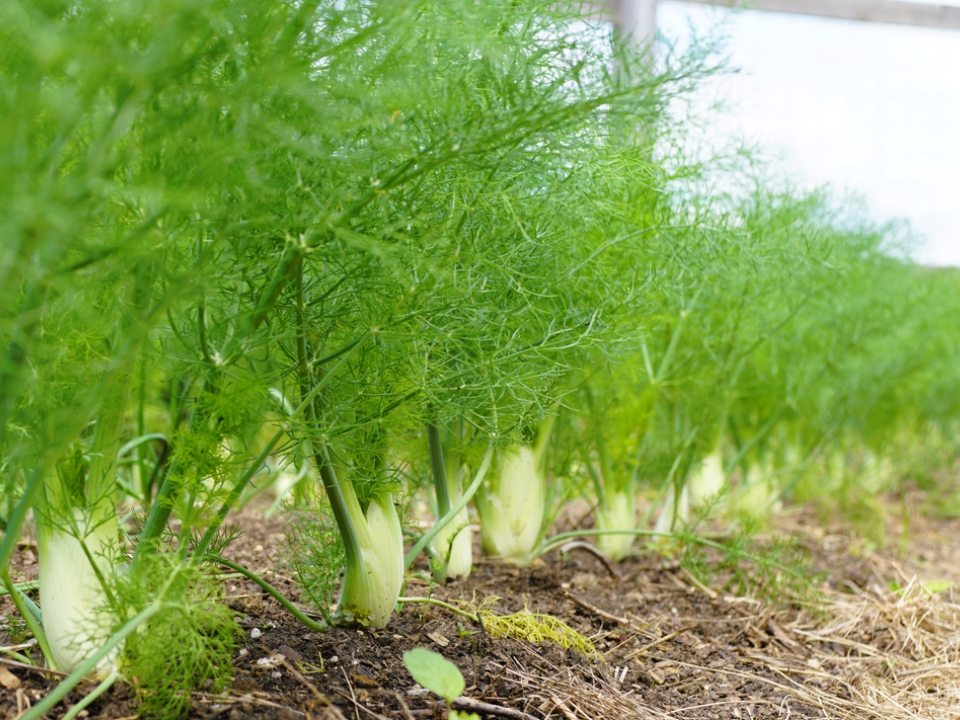
Fennel is a fragrant vegetable that grows well in the cool temperatures of fall. Its bulbous base can be used in cooking, while its feathery fronds make a flavorful herb for garnishing dishes. Fennel is perfect for a second harvest, as it thrives in cooler temperatures and can be harvested into the fall.
Plant fennel in well-drained soil and provide it with plenty of sunlight. It is a slow-growing crop, taking about 80 to 100 days to reach maturity. Once harvested, fennel bulbs can be stored for several weeks, allowing you to enjoy fresh fennel in your dishes throughout the fall season.
This article originally appeared on Avocadu.
